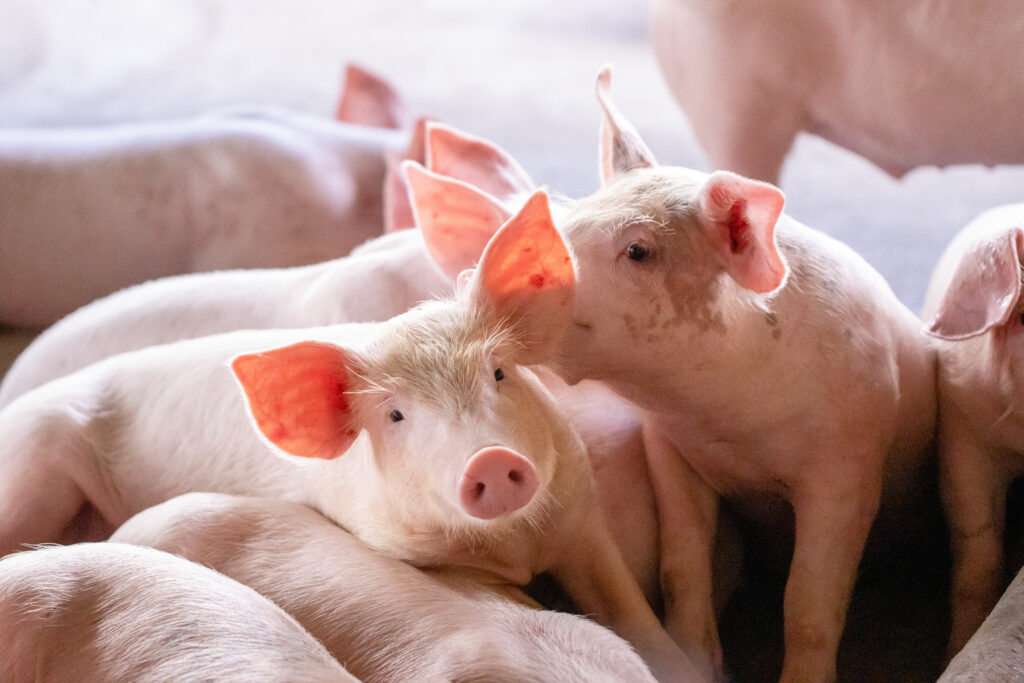China’s agriculture ministry has issued new guidelines intended to help control the pig population to avoid dramatic over-supply that it has experienced in recent times.
The guidelines include lowering the normal retention target for breeding sows to 39 million and creating more room for the number to decrease, according to a report by Agricensus.
The policy tweaks 2021 guidelines, which set a retention target for breeding sows of 41m, with the minimum retention quantity at 37 million, or around 90% of the retention target.
However, since then, China’s breeding sow numbers have remained largely above 41 m, as farmers ramped up production after a wave of African swine fever outbreaks led to large scale culling between 2018 and 2021, according to the report.
The subsequent oversupply of pigs led to plunge in pig and pork prices in 2023, prompting the government to try and address the situation.
In the new guidelines, the ministry said that, as the efficiency of hog production has increased and the consumption of pork is stabilsing, the 2021 policy needs an update.
As well as lowering the normal retention target of sow herds from 41 million to 39 million head, the new guidelines no longer specify a minimum retention quantity. Instead, the guidelines said the ministry intends to adjust the target dynamically based on changes in pork consumption and the pig production situation.
As of the end of January 2024, China’s breeding sow herd stood at 40.67 million, a 6.9% drop year-on-year, according to the ministry.
The new policy continues to be based three ranges – green, yellow and red – to reflect the level of fluctuations in breeding sow stocks and thus hog production capacity.
Green indicates normal fluctuations, while yellow means big and red excessive fluctuations in numbers, triggering intervention, Agricensus reports. The lower limits of the ranges have been lowered, meaning there is more room for the number of fertile female pigs to decrease without triggering government policies for adjustment.
Like the 2021 document, the new decree also stipulates that local governments could issue one-off financial aid to pig farmers who have sustained continuous losses of more than three months, but it increased the threshold for claiming this aid to CNY200 ($28) loss per pig on average from the previous over CNY100.
Overcapacity
The Financial Times reported that Fitch, the rating agency, noted last week that ‘overcapacity in China’s hog breeding industry is likely to persist into the second quarter’, and that most breeders ‘are likely to continue facing losses’. It pointed to a ‘reluctance to downsize’ that ‘may partly stem from a desire to maintain their [breeders’] leading market positions and recoup previous investments’.
Pork prices dropped 13.6% in 2023, according to a Nomura analysis of the latest available data, and dropped by a further 0.2% in January, suggesting unusually weak appetite from consumers despite the onset of the lunar new year, the report added.
“The flat reading for pork prices in January contradicted the seasonal increase in pork prices that typically takes place in the run-up to the Chinese new year holiday and points to weak pork demand,” Finch analysts wrote.




